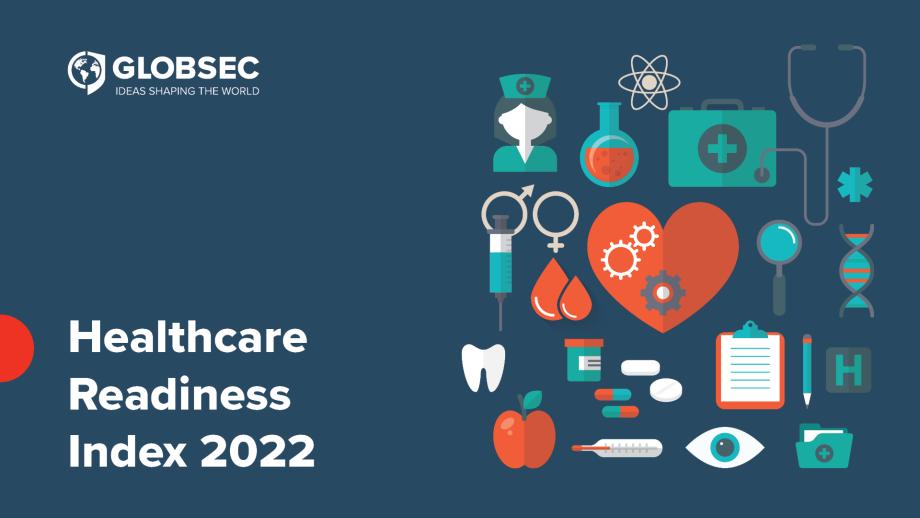Healthcare Readiness Index 2022

The ripple effects of the COVID-19 pandemic are still being felt across the globe, revealing stark realities about healthcare systems and the intricate links between health and the broader global economy. The past several years have illustrated that healthcare isn’t just a standalone sector but forms the backbone of entire economies. As trade, industry, and services were paralyzed, the pandemic showed that a nation’s economic health is as vital as the health of its citizens. Financial muscle, however, did not necessarily equate to better pandemic management. The relative efficiency and adaptability of healthcare systems and their emphasis on public health rather all played a major role.
As is evident from the Nordic countries, streamlined healthcare mechanisms and a focus on innovation particularly provided an edge in responding to COVID-19. While the ramifications of the pandemic were profound throughout the world, the Central and Eastern European (CEE) region bore a particularly heavy brunt. Our research from the previous year highlighted a disturbing trend: 10 CEE nations were responsible for an astonishing 65% of excess deaths per capita within the EU since the onset of the pandemic in 2020. More alarmingly, out of the 10 countries at the bottom of the EU’s healthcare performance during the pandemic, 8 hailed from the CEE region. Italy and Greece, though outside the CEE bloc, joined them with this unfortunate distinction.
It is also essential, nevertheless, to extend our focus beyond the CEE countries to identify benchmark standards and derive valuable insights on healthcare readiness. Through the Healthcare Readiness Index (HRI) 2022 update, therefore, our scope expanded to encompass all EU nations, alongside Great Britain and Norway. This broadened perspective offered a more comprehensive understanding of healthcare infrastructure, management strategies, and resilience across different European landscapes. The HRI’s primary goal has remained unchanged.
We aim to provide a holistic overview of the preparedness of healthcare systems – both within the CEE region and beyond – as they face impending healthcare challenges. By creating a unified composite index, the HRI serves as a crucial tool for stakeholders. It facilitates straightforward country comparisons, identifies best practices, and tracks progress over specific periods. By leveraging such a data-driven approach, policymakers, health professionals, and administrators can glean actionable insights, refine strategies, and ensure that their respective healthcare systems are robustly equipped to address future challenges.
Read more in the report below.

